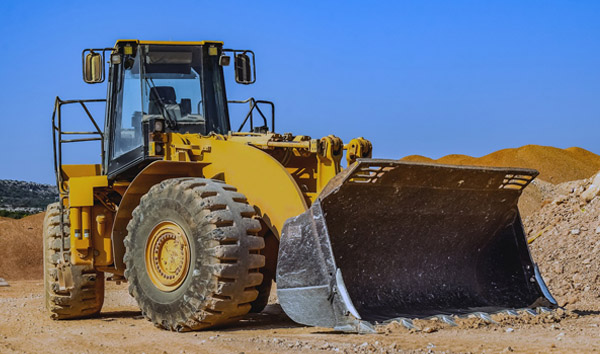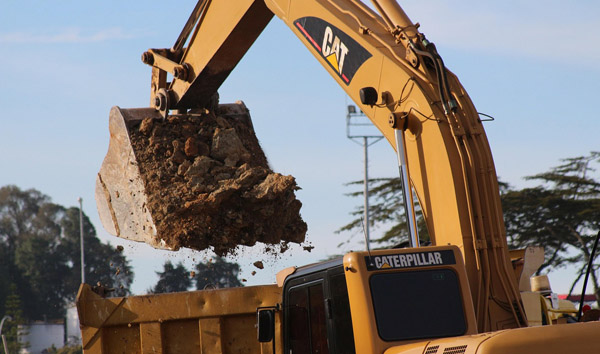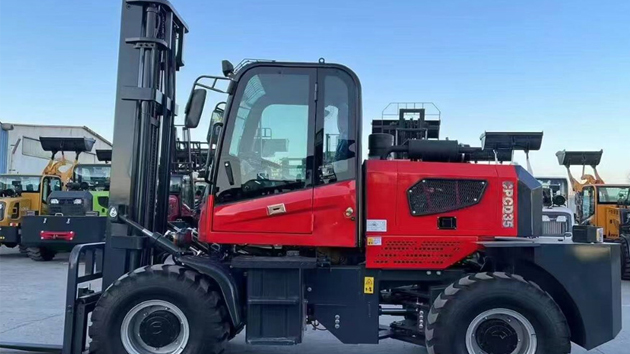Revolutionizing Lumber Handling with Rough Terrain Forklifts
2025-07-22 03:00:31
The rugged design of Rough Terrain Forklifts makes them indispensable for lumber stacking in challenging environments. Unlike standard forklifts, these machines feature reinforced tires, high ground clearance, and powerful engines capable of navigating uneven surfaces. According to industry data, demand for rough terrain forklifts in lumber applications has surged by 18% over the past five years, driven by their ability to handle heavy loads in remote or unstable worksites.
One of the key advantages of rough terrain forklifts for lumber stacking is their lifting capacity, which often exceeds 10,000 pounds. This enables operators to move large bundles of timber with precision, reducing manual labor and minimizing damage to materials. A 2023 study by the International Forestry Equipment Association found that companies using rough terrain forklifts reported a 30% reduction in lumber handling time compared to traditional methods.
Safety remains a top priority in lumber stacking operations, and rough terrain forklifts are equipped with advanced stability systems to prevent tip-overs. Features such as load-sensing hydraulics and anti-slip differentials ensure secure handling even on steep inclines. OSHA compliance reports indicate a 22% decline in workplace injuries related to lumber stacking since the widespread adoption of these machines.
The versatility of rough terrain forklifts extends beyond lumber stacking, making them a cost-effective investment for multi-purpose operations. Many models come with interchangeable attachments, such as log grapples or pallet forks, allowing seamless transitions between tasks. Industry forecasts predict a 12% annual growth in rough terrain forklift sales, fueled by their adaptability in forestry, construction, and agricultural sectors.
Despite their benefits, proper training is essential to maximize the efficiency of rough terrain forklifts in lumber stacking. Operators must be certified to handle the machine’s unique dynamics, including load distribution and terrain navigation. Training programs endorsed by the National Forklift Safety Council have shown a 40% improvement in operational efficiency, underscoring the importance of skilled personnel in leveraging these powerful tools.














